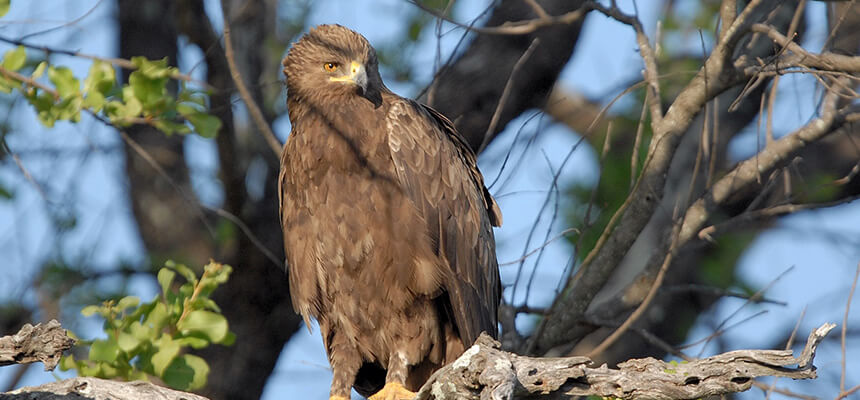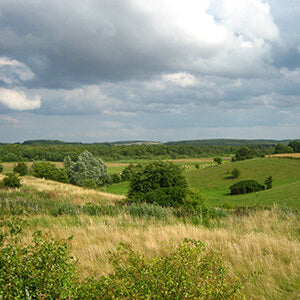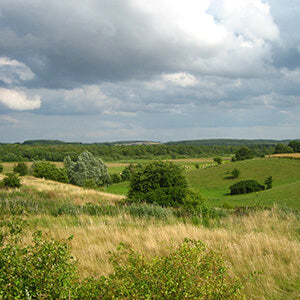Day 17
One square meter of meadow is protected for lesser spotted eagles in the Recknitz valley
 Abandoned nests and dying eagles
Abandoned nests and dying eagles


Meadows for the last lesser spotted eagles in Germany

need
Meadows rich in food for the endangered lesser spotted eagle.
activity
The NABU Foundation buys species-rich meadows near lesser spotted eagle nests in order to secure the food supply of the endangered eagles in the long term.
Measurable performance
Purchase of one square meter for each donation received.
Result
The permanent provision of extensive grassland managed in a way that is friendly to the lesser spotted eagle enables the successful breeding of the lesser spotted eagle.
Systemically relevant impact
The lesser spotted eagle should be able to hunt and breed successfully in the Recknitz Valley in the long term. Its extinction in Germany should be prevented.
background


The good deed
AboutGermany
Berlin
Capital city
81 413 100
Population
40 952 USD
Gross domestic product
per capita per year
6
Human Development Index
(Human Development Index)



